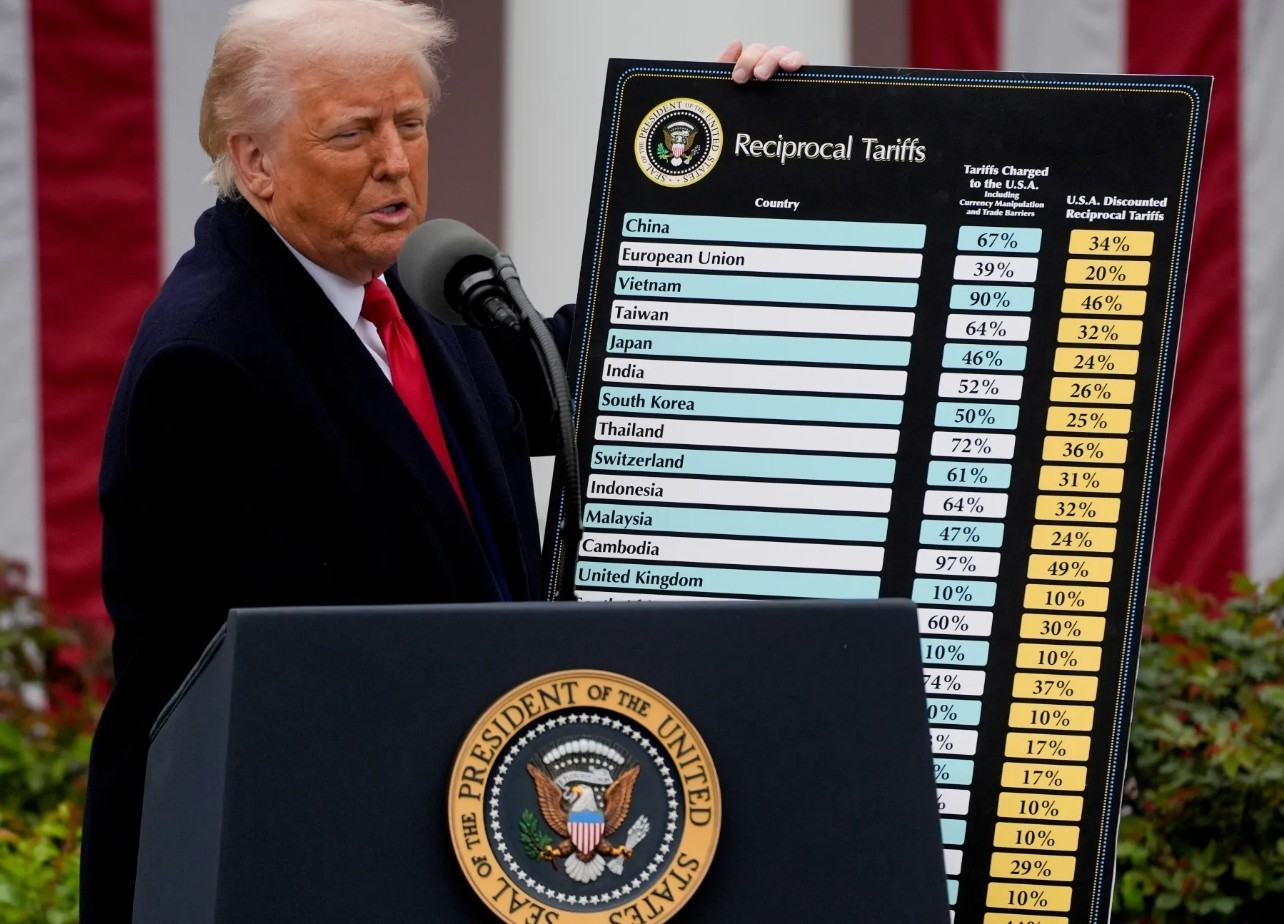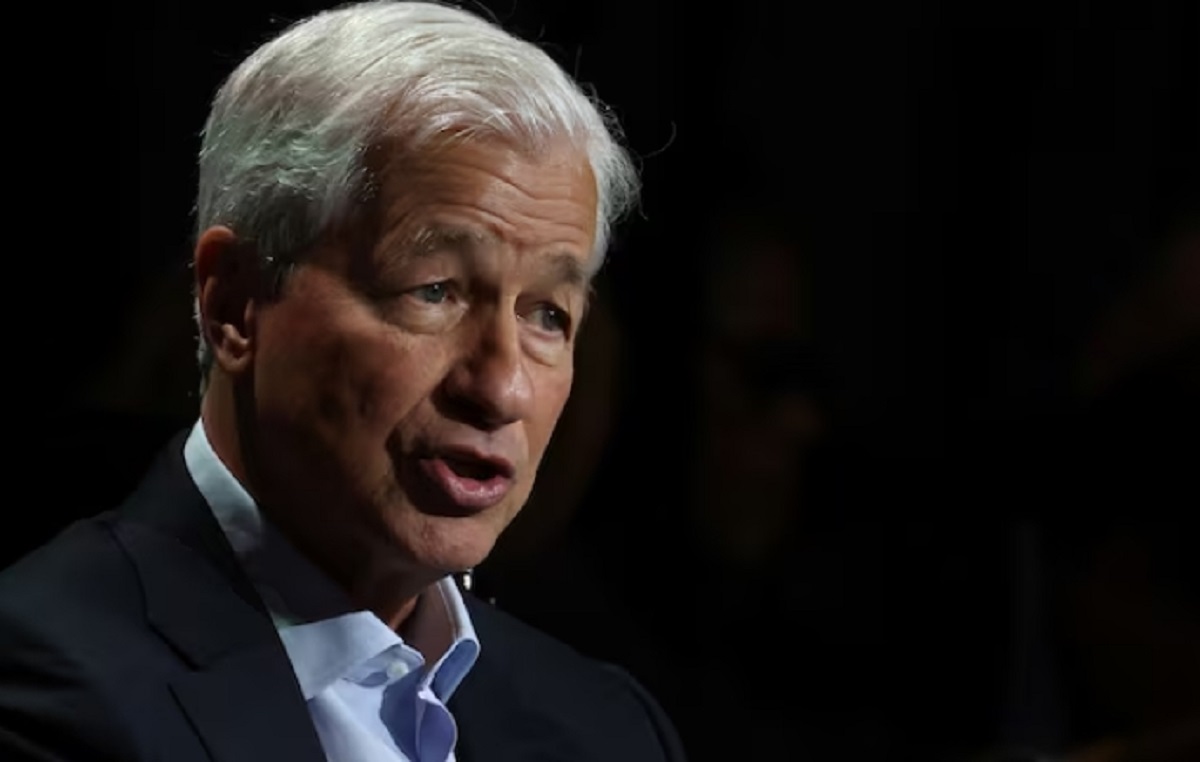Yen Bulls Lie in Wait for US-Japan Yield Gap to Shrink Next Year
Sunday, Nov 17, 2024 7:11 pm ET
As the year 2024 approaches, investors are keeping a close eye on the yield gap between the United States and Japan, with yen bulls eagerly anticipating a narrowing of the spread. The US-Japan yield gap, a key driver of USD/JPY movements, has narrowed significantly in recent months, with US rates decreasing and Japanese rates remaining low. As the Federal Reserve is expected to cut rates in 2024, this trend may continue, potentially leading to a further narrowing of the yield gap. This could result in a decline in USD/JPY, benefiting yen bulls. However, the Bank of Japan's (BOJ) monetary policy is expected to remain dovish, which may limit the extent of the yield gap reduction.
The US-Japan 10Y bond yield spread is currently at a level not seen since 2022, coinciding with a large decline in USD/JPY (BabyPips, 2024). The BOJ's yield-curve control program, adjusted in July 2023, allows 10-year rates to move up toward 1% (Financial Post, 2023). If the BOJ were to signal a more dovish stance or hint at policy tightening, it could help narrow the yield gap, potentially leading to a reversal in the USD/JPY trend. However, the BOJ has repeatedly stated that its adjustments are not steps toward an exit from ultra-easy monetary policy, which may limit the extent of yield gap narrowing.
Global economic conditions in 2024, particularly inflation and growth rates, could significantly impact the US-Japan yield gap. As the Fed signals a dovish shift in interest rate outlook, US yields may decrease, narrowing the gap with Japan's low rates. This could discourage carry trades and repatriate capital back into Japanese yen, strengthening the yen against the dollar. Conversely, if inflation remains stubbornly high, the Fed may maintain or even increase rates, widening the yield gap and pressuring the yen. The BOJ's commitment to ultra-easy monetary policy, including negative interest rates, also influences the yield gap, making it a crucial factor for yen bulls to monitor in 2024.
Geopolitical factors that could influence the US-Japan yield gap in the coming year include global trade dynamics, inflation control, and monetary policy divergence. The US Federal Reserve's aggressive rate hikes to combat inflation may narrow the yield gap with Japan, where the Bank of Japan maintains ultra-loose monetary policy. Additionally, geopolitical tensions, such as those in the semiconductor supply chain, could impact the yield gap by influencing investor sentiment and capital flows.
The yield gap between US and Japanese bonds significantly impacts the demand for their respective currencies. As the spread narrows, the attractiveness of investing in higher-yielding US assets increases, leading to capital repatriation from Japan. This results in a decrease in demand for Japanese yen and an increase in demand for US dollars, causing the USD/JPY exchange rate to rise. Conversely, a widening yield gap encourages investment in Japanese yen, increasing its demand and causing the USD/JPY exchange rate to fall.
Carry trades, where investors borrow in low-yielding currencies like the yen to invest in higher-yielding assets, significantly influence USD/JPY dynamics. A widening yield gap encourages carry trades, driving USD/JPY higher, while a narrowing gap discourages them, leading to a decline in USD/JPY. As the yield gap between the US and Japan shrinks next year, we can expect carry trades to unwind, putting downward pressure on USD/JPY. This is evident from the chart showing the correlation between USD/JPY and the US-Japan yield spread, which sits at 0.88, indicating a strong positive relationship.
The Bank of Japan's (BOJ) monetary policy plays a significant role in shaping the yield gap and USD/JPY currency dynamics. The BOJ's yield curve control (YCC) program, introduced in 2016, aims to keep 10-year Japanese government bond yields around 0%. This policy has contributed to a persistent yield gap between the US and Japan, with US 10-year Treasury yields currently above 4% compared to Japanese yields below 0.6% (Source: MacroMicro, Morningstar). The wide yield gap has discouraged carry trades and repatriation of capital back into Japanese yen, leading to a depreciation of the yen against the US dollar (Source: BabyPips). The BOJ's commitment to maintaining ultra-easy monetary policy, despite recent adjustments to its YCC program, continues to weigh on the yen (Source: Morningstar). As the BOJ's policy diverges from the Federal Reserve's tightening stance, the USD/JPY currency pair is likely to remain volatile, with bulls waiting for a narrowing of the yield gap in 2024.
A shrinking yield gap between US and Japanese bonds could have significant implications for both markets. As the spread narrows, investors may repatriate capital back into Japanese yen, discouraging new carry trades and potentially leading to a strengthening of the yen. This could result in increased demand for Japanese bonds, driving up their prices and lowering yields. Conversely, a narrowing yield gap may lead to a decrease in demand for US bonds, potentially causing their prices to fall and yields to rise. This could impact interest rates and overall market sentiment, affecting both countries' economies.
In conclusion, yen bulls are eagerly awaiting a narrowing of the US-Japan yield gap in 2024, which could lead to a decline in USD/JPY and benefit yen bulls. However, the BOJ's dovish monetary policy and global economic conditions may limit the extent of the yield gap reduction. Geopolitical factors and carry trades also play a significant role in shaping USD/JPY dynamics. As the yield gap narrows, investors should monitor the impact on Japanese and US bond markets, as well as the overall market sentiment in both countries.
The US-Japan 10Y bond yield spread is currently at a level not seen since 2022, coinciding with a large decline in USD/JPY (BabyPips, 2024). The BOJ's yield-curve control program, adjusted in July 2023, allows 10-year rates to move up toward 1% (Financial Post, 2023). If the BOJ were to signal a more dovish stance or hint at policy tightening, it could help narrow the yield gap, potentially leading to a reversal in the USD/JPY trend. However, the BOJ has repeatedly stated that its adjustments are not steps toward an exit from ultra-easy monetary policy, which may limit the extent of yield gap narrowing.
Global economic conditions in 2024, particularly inflation and growth rates, could significantly impact the US-Japan yield gap. As the Fed signals a dovish shift in interest rate outlook, US yields may decrease, narrowing the gap with Japan's low rates. This could discourage carry trades and repatriate capital back into Japanese yen, strengthening the yen against the dollar. Conversely, if inflation remains stubbornly high, the Fed may maintain or even increase rates, widening the yield gap and pressuring the yen. The BOJ's commitment to ultra-easy monetary policy, including negative interest rates, also influences the yield gap, making it a crucial factor for yen bulls to monitor in 2024.
Geopolitical factors that could influence the US-Japan yield gap in the coming year include global trade dynamics, inflation control, and monetary policy divergence. The US Federal Reserve's aggressive rate hikes to combat inflation may narrow the yield gap with Japan, where the Bank of Japan maintains ultra-loose monetary policy. Additionally, geopolitical tensions, such as those in the semiconductor supply chain, could impact the yield gap by influencing investor sentiment and capital flows.
The yield gap between US and Japanese bonds significantly impacts the demand for their respective currencies. As the spread narrows, the attractiveness of investing in higher-yielding US assets increases, leading to capital repatriation from Japan. This results in a decrease in demand for Japanese yen and an increase in demand for US dollars, causing the USD/JPY exchange rate to rise. Conversely, a widening yield gap encourages investment in Japanese yen, increasing its demand and causing the USD/JPY exchange rate to fall.
Carry trades, where investors borrow in low-yielding currencies like the yen to invest in higher-yielding assets, significantly influence USD/JPY dynamics. A widening yield gap encourages carry trades, driving USD/JPY higher, while a narrowing gap discourages them, leading to a decline in USD/JPY. As the yield gap between the US and Japan shrinks next year, we can expect carry trades to unwind, putting downward pressure on USD/JPY. This is evident from the chart showing the correlation between USD/JPY and the US-Japan yield spread, which sits at 0.88, indicating a strong positive relationship.
The Bank of Japan's (BOJ) monetary policy plays a significant role in shaping the yield gap and USD/JPY currency dynamics. The BOJ's yield curve control (YCC) program, introduced in 2016, aims to keep 10-year Japanese government bond yields around 0%. This policy has contributed to a persistent yield gap between the US and Japan, with US 10-year Treasury yields currently above 4% compared to Japanese yields below 0.6% (Source: MacroMicro, Morningstar). The wide yield gap has discouraged carry trades and repatriation of capital back into Japanese yen, leading to a depreciation of the yen against the US dollar (Source: BabyPips). The BOJ's commitment to maintaining ultra-easy monetary policy, despite recent adjustments to its YCC program, continues to weigh on the yen (Source: Morningstar). As the BOJ's policy diverges from the Federal Reserve's tightening stance, the USD/JPY currency pair is likely to remain volatile, with bulls waiting for a narrowing of the yield gap in 2024.
A shrinking yield gap between US and Japanese bonds could have significant implications for both markets. As the spread narrows, investors may repatriate capital back into Japanese yen, discouraging new carry trades and potentially leading to a strengthening of the yen. This could result in increased demand for Japanese bonds, driving up their prices and lowering yields. Conversely, a narrowing yield gap may lead to a decrease in demand for US bonds, potentially causing their prices to fall and yields to rise. This could impact interest rates and overall market sentiment, affecting both countries' economies.
In conclusion, yen bulls are eagerly awaiting a narrowing of the US-Japan yield gap in 2024, which could lead to a decline in USD/JPY and benefit yen bulls. However, the BOJ's dovish monetary policy and global economic conditions may limit the extent of the yield gap reduction. Geopolitical factors and carry trades also play a significant role in shaping USD/JPY dynamics. As the yield gap narrows, investors should monitor the impact on Japanese and US bond markets, as well as the overall market sentiment in both countries.















